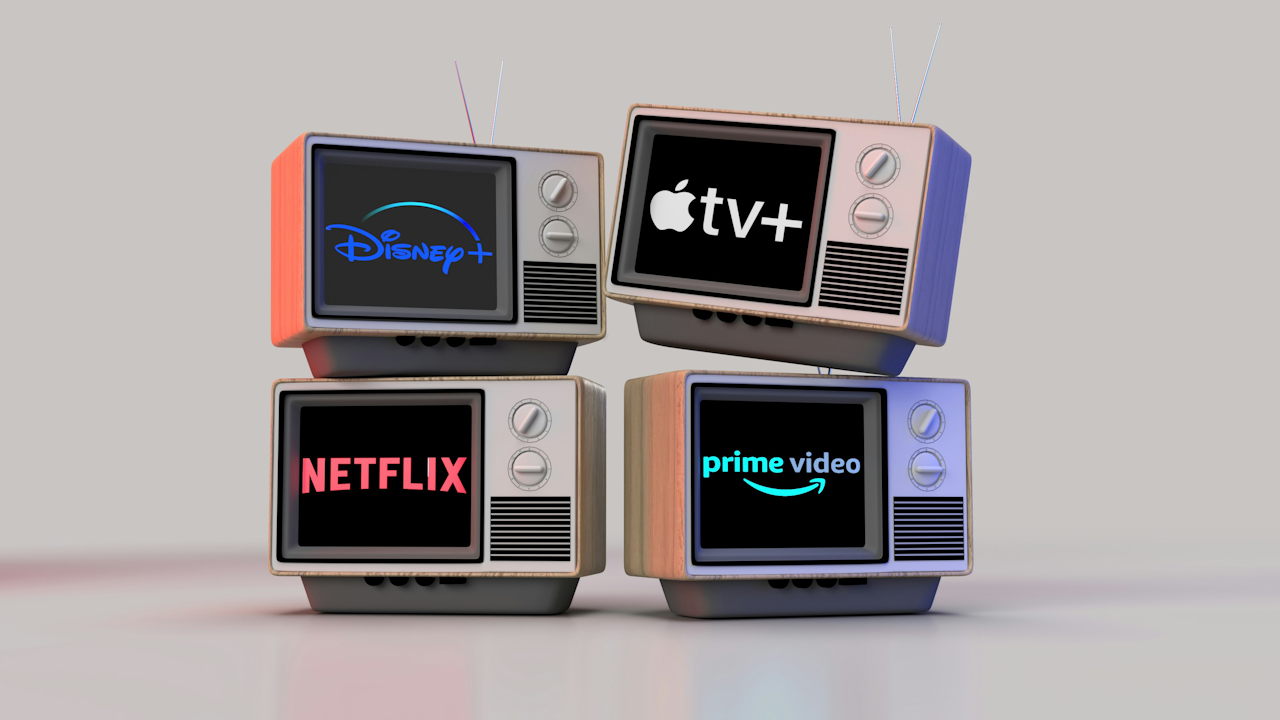The streaming wars of the 2010s and early 2020s have evolved from a gold rush into a battle of attrition. Once marked by rapid expansion, massive content budgets, and aggressive subscriber acquisition, the landscape in 2025 reflects a more mature, consolidated, and competitive marketplace. As consumer habits shift, and the economic realities of high content spending clash with profitability pressures, the question remains: who’s really winning in the streaming wars?
A Crowded Battlefield
The major players—Netflix, Disney+, Amazon Prime Video, Max (formerly HBO Max), Apple TV+, and newcomers like Peacock and Paramount+ have all weathered a turbulent few years. Netflix, the original disruptor, still holds the largest global subscriber base, with over 270 million paying customers. However, its dominance is no longer unchallenged. Disney+ has grown rapidly, especially after bundling with Hulu and ESPN+, and now boasts over 240 million subscribers globally. Amazon Prime Video, backed by the retail behemoth’s ecosystem, remains formidable due to its integration with the Prime membership model.
Yet raw subscriber numbers don’t tell the full story. As churn rates increase and viewer attention fragments, profitability and engagement are emerging as the more important metrics. Netflix leads in average engagement per subscriber, while Amazon, though second in users, still struggles with content perception despite high spend.
The Profitability Pivot
For years, streaming companies prioritized growth over profit. That changed post-2022, when rising interest rates and investor scrutiny forced platforms to show a path to profitability. Netflix, which had already turned the corner by the early 2020s, is one of the few major platforms consistently generating operating profit from its streaming operations. Others, like Disney and Warner Bros. Discovery (Max), have only recently begun to break even or are aiming to by 2026.
Apple TV+ continues to play a long game. With a relatively modest content library, it focuses on prestige content like “Severance,” “Ted Lasso,” and “Killers of the Flower Moon.” Though it doesn’t lead in volume, its high-quality programming and integration into Apple’s hardware ecosystem give it strategic leverage that goes beyond subscription revenue.
Content Is Still King—But Costs Are Crushing
High-budget original content remains essential, but the industry’s free-spending era is over. Netflix has trimmed its ballooning content budget to focus on proven formats and global appeal K-dramas, true crime, and reality shows have proven to be cost-effective audience magnets. Disney, while still committed to tentpole franchises like Marvel and Star Wars, has scaled back its production volume in favor of quality and tighter release schedules.
Warner Bros. Discovery, meanwhile, is leveraging its library HBO classics, DC properties, and Discovery’s nonfiction content to drive loyalty while cutting back on new originals. Peacock and Paramount+ are finding some traction by bundling live sports, news, and on-demand content, but still lag in global reach and brand power.
The increasing importance of licensing is also a key trend. Netflix, once focused entirely on originals, now licenses older hits like Suits and Breaking Bad to great success. The irony? Many of these shows were previously reclaimed by their original owners in the early streaming wars, only to be loaned back out when economics demanded it.
Global Growth vs. Local Competition
The battle for international markets is another defining trend of 2025. Netflix leads with a global-first strategy, localizing content in India, Korea, and Latin America. Disney+ and Amazon are close behind, but regulatory hurdles, broadband access, and cultural preferences make international expansion complex and expensive.
Local streamers are also on the rise—particularly in countries like India, Brazil, and parts of Europe where regional players offer competitive pricing and culturally resonant programming. These challengers may not have global ambitions, but they are carving out profitable niches.
Advertising: The New Old Strategy
With subscription fatigue setting in, many platforms are doubling down on ad-supported tiers. Netflix and Disney+ launched lower-priced, ad-supported plans in 2023 and have seen strong adoption, especially among budget-conscious viewers. The hybrid model—offering both ad-free and ad-supported tiers—has become the norm.
Ad-supported video on demand (AVOD) and free ad-supported streaming television (FAST) services like Pluto TV, Tubi, and Amazon’s Freevee are also surging. These platforms, often dismissed as second-tier, are attracting millions of viewers looking for free entertainment, and they’re becoming increasingly important in the overall content ecosystem.
Who’s Really Winning?
If “winning” is defined by profitability, Netflix is the clear leader, having reached scale, reduced churn, and maintained strong margins. If it’s about ecosystem power, Amazon and Apple are unmatched, with streaming playing a supporting role in broader consumer ecosystems.
Disney, after several rocky years, is making a comeback, especially as it consolidates Hulu and ESPN+ into its Disney+ app, offering a seamless, integrated experience. It’s well-positioned for long-term success, especially if it continues managing costs and leveraging its franchise portfolio effectively.
Meanwhile, Warner Bros. Discovery is stabilizing but still lacks clarity in its direct-to-consumer strategy, and smaller players like Peacock and Paramount+ may eventually need to merge or be absorbed to remain competitive.
The streaming wars in 2025 are less about disruption and more about discipline. The era of infinite spending is over. Companies that can balance quality content, sustainable business models, and strategic bundling are poised to emerge stronger. Netflix may still be the king, but it’s a kingdom increasingly defined by alliances, efficiencies, and smarter bets not just who has the most subscribers.

